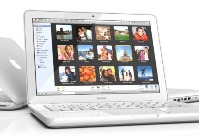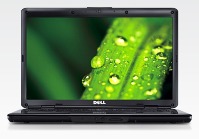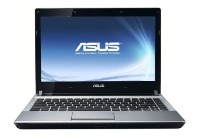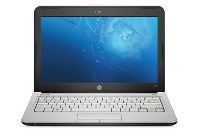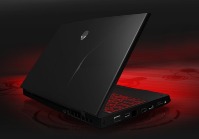| Knowledge | Ancient Reference | Modern Reference |
| Artificial Limb | RigVed (1-116-15) | 20th Century |
| Number of Chromosomes (23) | Mahabharat (5500 BCE) | 1890 A.D. |
| Combination of Male and Female | Shrimad Bhagwat | 20th Century |
| Analysis of Ears | RigVed | Labyrinth |
| Beginning of the Foetal | Heart Eitereya Upanishad -(6000 BCE) | Robinson, 1972 |
| Parthenogenesis | Mahabharat | 20th Century |
| Test Tube Babies ( from the ovum only) Test Tube Babies ( from the sperm only) | Mahabharat | Not possible yet Not possible yet |
| Elongation of Life in confirmed Space Travel | Shrimad Bhagwat | Not yet |
| Cell Division (in 3 layers) | Shrimad Bhagwat | 20th Century |
| Embryology | Eitereya Upanishad (6000 BCE) | 19th Century |
| Micro-organisms | Mahabharat | 18th Century |
| A material producing a disease can prevent or cure the disease in minute quantity | S-Bhagwat (1-5-33) | Haneman, 18th Century |
| Developing Embyro in Vitro | Mahabharat | 20th Century |
| Life in trees and plants | Mahabharat | Bose, 19th Century |
| 16 Functions of the Brain Eitereya | Upanishad | 19th – 20th Century |
| Definition of Sleep Prashna-Upanishad | Yogsootra Cunavidhi | 20th Century |
| Chromosomes | (Mahabharat)(5500 BCE) | 1860 – 1910 A.D. |
| Knowledge | Ancient Reference | Modern Reference |
| Velocity of Light | RigVed - Sayan Bhashya (1400 A.D) | 19th Century |
| Trans-Saturnean Planets | Mahabharat (5500 BC) | 17-19th Century |
| Space Travel to another solar system | Shrimad Bhagwat (4000 BC) | Under trials |
| Gravitational Force (Prashnopanishad) | (6000 B.C) Shankaracharya (500 B.C) | 17th Century |
| Ultraviolet Band | Sudhumravarna - (Mundakopanishad - M.U) | ---- |
| Infra-Red Band | Sulohita (M.U) | ---- |
| Tachyons faster than light | Manojava (Mundakopanishad) Sudarshan, | 1968 |
| Nuclear Energy | Spullingini (Mundakopanishad) | 20th Century |
| Black Holes | Vishvaruchi(Mundakopanishad) | 20th Century |
| Embryology | Eitereya Upanishad (6000 BCE) | 19th Century |
| Monsoon at Summer Solstice | RigVed (23720 B.C) | ---- |
| Entry in South America by Aeroplanes | Valmiki Ramayan (7300 B.C) | ---- |
| Phosphorescent Trident at the Bay of Pisco, Peru, S.America | Valmiki Ramayan (7300 B.C) | 1960 A.D. |
| Aeroplanes | RigVed,Ramayana,Samarangan Sutradhara (1050 A.D.) | ---- |
| Robot | Samarangan Sutradhara (1050 A.D.) | ---- |
| Atom (Divisible) & (Indivisible) | Shrimad Bhagwat (4000 B.C.) | 1800 A.D. |
